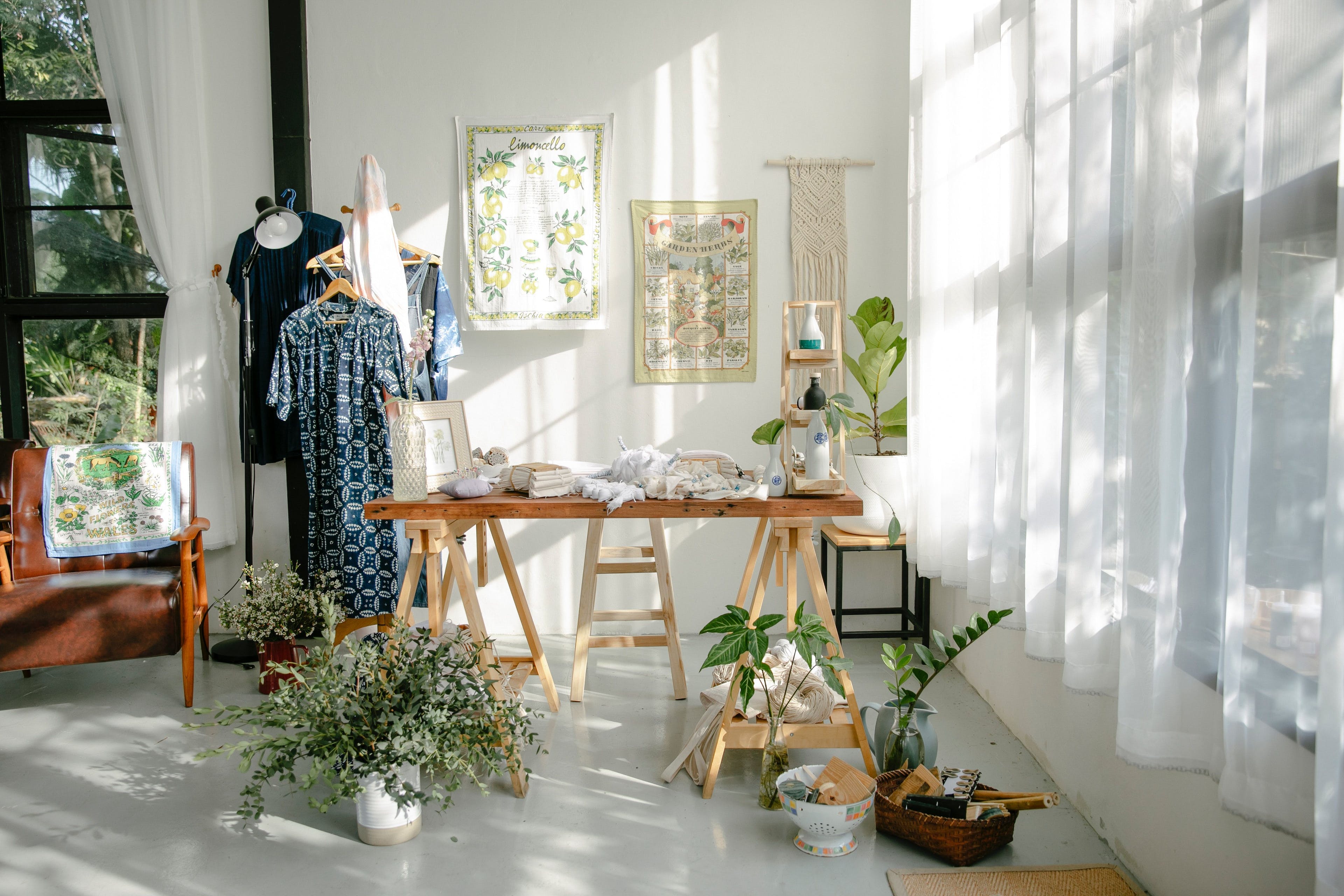The steel-hooped cage crinolines became enormously popular across Western countries, where ladies of every social status and class wore them. They were first manufactured in April 1856 by R.C. Milliet in Paris, then by their representative in Britain a few months later.
What are Crinolines?
The term “crinoline” originates from the French words “crin” and “lin,” which translate to “horsehair” and “linen,” respectively.
Crinoline is a stiff fabric formerly used to produce underskirts and as a dress lining. It was traditionally made of animal hair with cotton or linen. By the 1850s, ladies wore the stiffened or constructed petticoat to widen skirts to give the appearance of a tiny waist.
The petticoat was created to hold out a woman’s skirt, but females wore it up to widen skirts by this time.
What was the purpose of Crinolines?
At that time, the term crinoline was more commonly used to refer to the attractive silhouette created by horsehair petticoats and the hoop skirts that eventually supplanted them. Both in appearance and operation, these hoop skirts made it possible for skirts to spread out even further and more completely.
Crinolines Size and Circumference
The crinolines had a circumference of a maximum of six yards at their widest point, which meant that they could be used for a variety of purposes. The crinolines’ design, particularly their width, made them potentially hazardous if worn without the appropriate level of caution, leading to extensive media attention and condemnation.
Many cartoons and paintings depicted stylish women in hilarious settings while wearing implausible and exaggerated versions of the cage. Even though these depictions represented a genuine but less humorous reality, they were very popular.
During the middle of the 19th century, many women lost their lives because of their springy skirts snagging on something. In addition to the fire risk, the hoops could become entangled in equipment, carriage wheels, strong gusts of wind, and other impediments.
By the late 1860s, crinolines had already begun to shrink in size, and by the early 1870s, they had been fully supplanted by the bustle and smaller crinolettes.
Cage Crinoline, also known as Artificial Crinoline, was introduced in 1856
Petticoats were layered on top of one another more and more as the decade went on, culminating in extraordinarily full skirts. A minimum of six petticoats was thought necessary, not just for decency but also for fashion at the time. The heat of July caused them to become intolerably heavy, making wearing them impossible.
At long last, in the year 1856, the cage crinoline petticoat, also known as an artificial crinoline, was presented to the public. Because of this support, ladies only needed to wear one petticoat to smooth out the ridges on the cage.
Long drawers were a need for women to wear underneath their crinolines since they frequently got blown over by strong gusts of wind.
W. S. Thomson patented crinoline with a metal cage
In 1856, the United States, France, and Britain were the first places where the metallic cage crinoline was patented. The inventor was an American named W. S. Thomson. As soon as it was marketed in these 3 countries, it quickly became an enormous hit.
Even though the quality of the crinoline was questionable the cheaper it got, it was the first trend to be adopted in America and England by all classes. The crinoline knew no class divisions, and it was the inaugural fashion to be adopted by all classes.
In the depictions of labouring ladies wearing less expensive versions of the cage, unattractive ridges of steel bands may be seen.
1860: The Fullness of the Crinoline Moves to the Back of the Skirt
In 1860, when the focus started to slide toward the back of the skirt, the skirt had already reached its maximum breadth. This resulted in the skirt having a shape similar to a pyramid, typically accomplished when skirts were constructed from many panels.
The fullness at the hips and waist was taken in, which resulted in the skirt lying flat over the stomach, and the panels, which were fashioned like fans, were fanned out on the lower floor.
The Origins of the Polonaise
The backside started to take on an appearance reminiscent of a train. The front of the skirt became flatter, and the fullness moved even more to the back. By the year 1864, the usage of a frame to support a crinoline was becoming less common.
The return of the double-skirt look was a fashion trend. By 1867, most women had adopted a modified version of the crinoline that did not include upper hoop rings. At the very bottom, only a handful of steel hoops were left, but there needed to be at least 2 petticoats to prevent hollows from developing in the silhouette.
Summary
Crinolines have still been worn, but the shape in which they were worn evolved with time. By 1869, the flounce frilled horsehair tournure dress improver, often known as a bustle, was the essential piece of pants to purchase to obtain the trendy silhouette of the day.


Comments are closed.